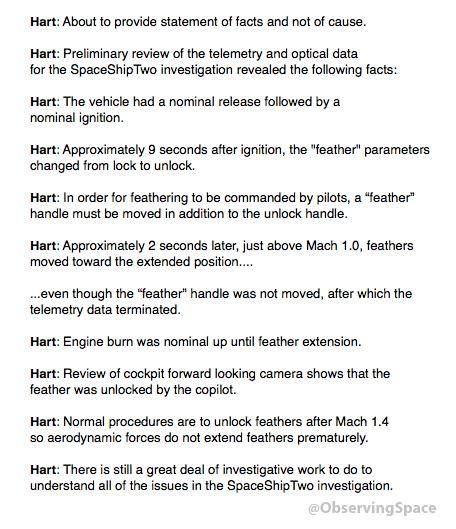Well, let's think about it. The failure was induced by the cold o-rings, agreed. But we've been using o-rings in the cold for a LONG, LONG time. How many hundreds of o-rings are there on any airliner that cruises above the freezing level. And how many hundreds of thousands of airliners, military aircraft have there been since the dawn of flight. SOMEWHERE along the line a cold o-ring ought to have given some real trouble but why this one at this time?
Sure, engineers tore the side engines off of prior launch vehicles and noted a slight bit or even a major bit of deterioration in the rubber after a launch. So if that was true even in WARM weather, why in the hell wasn't a different material (crush washer, mesh o-ring, ...) specified during the John Glenn era? There must have been a good design reason that THESE particular o-rings were subject to a stress beyond their design limits. Why? And the cold just made it worse.
Jim

 Does anyone have a good explanation of how this engine works? A link maybe? My Googlefu is weak on this. I'm starting to see how an engine failure could be at the heart of this without a flame ball, but I would really love to see it diagramed or in a cutaway.
Does anyone have a good explanation of how this engine works? A link maybe? My Googlefu is weak on this. I'm starting to see how an engine failure could be at the heart of this without a flame ball, but I would really love to see it diagramed or in a cutaway.